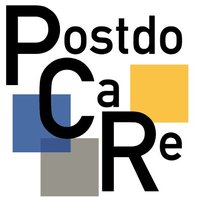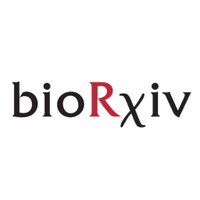
MariaLlamazaresPrada
@mllprada
postdoctoral researcher tumor biology-immunology-COPD, predoc @degradome, too many postdocs to count @myc @hif @autoimmunity @COPD @lungcancer @DKFZ
ID: 1084337562
12-01-2013 22:51:03
702 Tweet
179 Followers
609 Following

Cells live and interact in 3D tissues but pathology and spatial omics typically rely on 2D sections... Excited to share our latest efforts in Nikolaus Rajewsky lab to generate a 3D, multimodal atlas of a human tumor! Find out what we learned: video + 🧵! 🔗 bit.ly/3D_lung_cancer



👏Congrats to our #AI expert Prof. Fabian Theis - elected as ISCB Fellow! 💡Prof. Fabian Theis was recognized for his exceptional pioneering work in applying #MachineLearning resulting in significant advancements in AI-based #BiomedicalResearch. 👉t1p.de/2tq4u





Happy to share our new article 'Multiparameter prediction of myeloid neoplasia risk' now published at Nature Genetics. nature.com/articles/s4158…

Two neighboring cells can be so different! Releasing scDVP - single-cell #DeepVisualProteomics for combined imaging and mass spectrometry-based proteomics in the intact tissue context. One cell at a time. nature.pulse.ly/13a4oy6x1y Nature Methods Here’s a summary! (1/n)


(1/n)scPoli is now published in Nature Methods shorturl.at/jvyL0; see below. scPoli is an open-world learner for multi-scale analysis of scRNAseq/ATAC-seq across samples and species with cell types and conditions hierarchies. With scPoli you can:



𝗦𝗰𝗣𝗼𝗹𝗶 𝗘𝗻𝗮𝗯𝗹𝗲𝘀 𝗠𝘂𝗹𝘁𝗶-𝗦𝗰𝗮𝗹𝗲 𝗥𝗲𝗽𝗿𝗲𝘀𝗲𝗻𝘁𝗮𝘁𝗶𝗼𝗻𝘀 𝗼𝗳 𝗖𝗲𝗹𝗹𝘀 𝗮𝗻𝗱 𝗦𝗮𝗺𝗽𝗹𝗲𝘀 👉For a brief insight: Check out our news: 🔗t1p.de/vmtph Fabian Theis Mo Lotfollahi Computational Health Center




Very happy to share Ria Pinioti's work published in Cancer Immunology Research, revealing that #fucosylation is very important for the maintenance of the suppressive function of #Tregs in cancer. Thanks to all the collaborators for the work! CCB_VIB_KUL Department of Oncology - KU Leuven



Figeno, my visualization tool for genomics🎨🧬, is now published in Bioinformatics! doi.org/10.1093/bioinf… It can generate publication-quality figures for sequencing data along genomic coordinates: bigwig, HiC, Oxford Nanopore data with base modifications, and WGS with CNAs and SVs.




